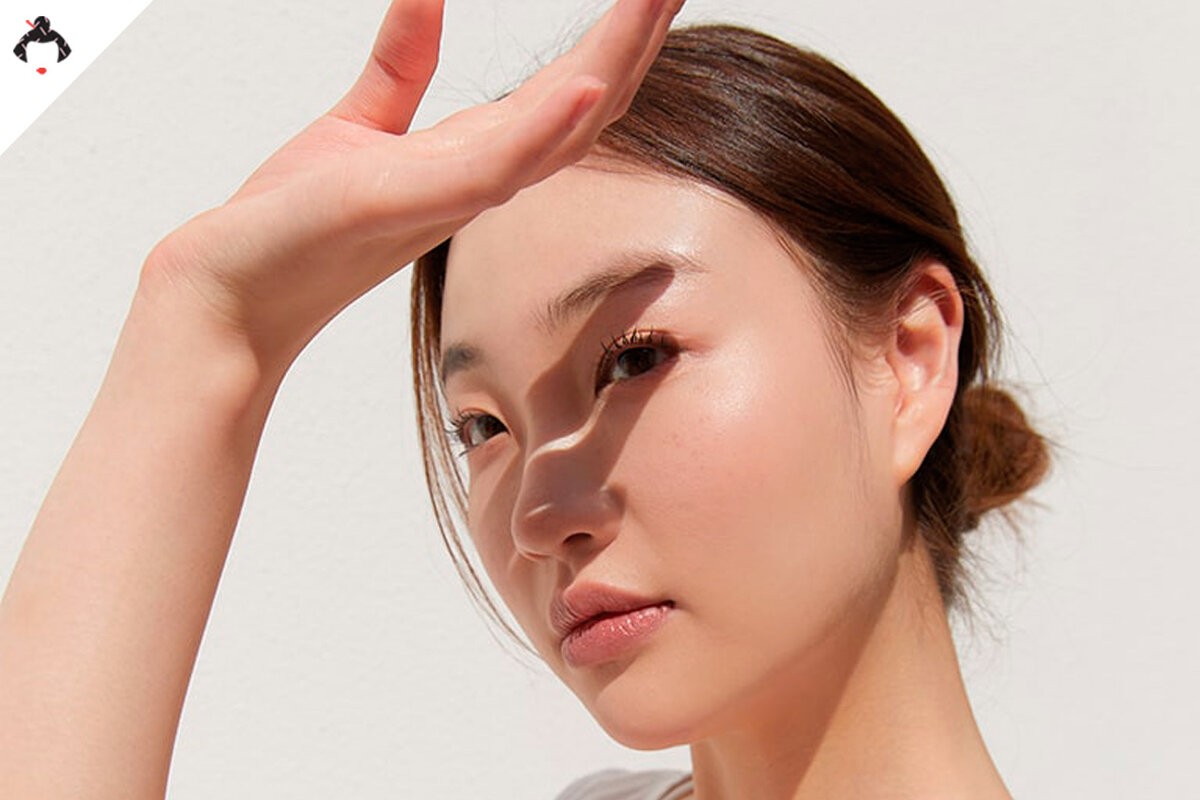Everlasting Youth: The Hidden Cost of South Korea’s Beauty Obsession
In South Korea, outward beauty is treated almost as a professional credential. A person with striking looks can win prestigious, higher-paying roles even if their formal education isn’t outstanding, because appearance influences hiring and advancement as much as skill. Beauty isn’t just skin deep; it’s a social currency. Women face strict, relentless standards that shape their choices from adolescence onward. The idea that Korea’s ‘eternally young’ look comes mainly from plastic surgery is partly true. Cosmetic clinics are everywhere and accepted, but daily routines and seemingly simple habits also help keep beauty glowing for years.
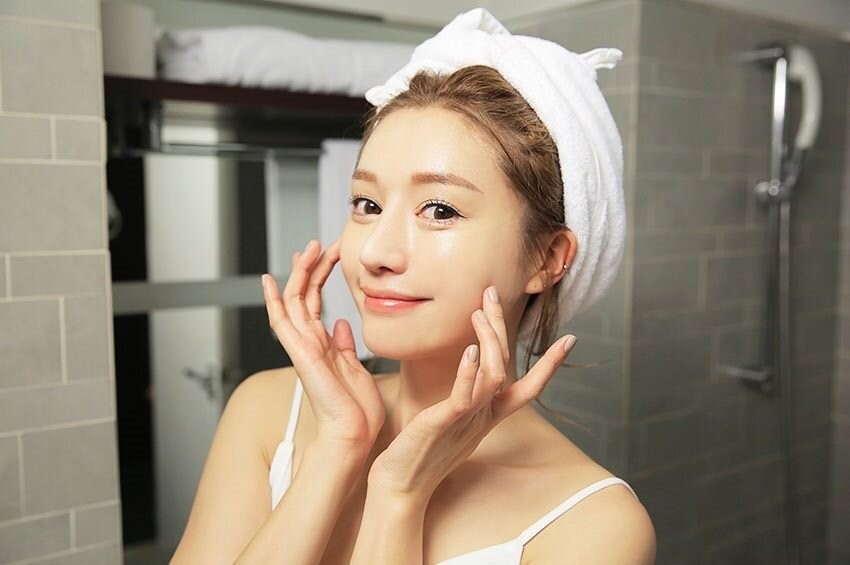
In This Article:
White Skin as Class: The Deep-Rooted Ideal of Pale Beauty
The ideal remains pale skin; historically, white skin signified noble origins, while tanning marked lower status. To protect this beauty standard, many Koreans shield their skin from the sun every day with sunscreen, even when indoors, and they guard it from dryness by relying on humidity. Humidifiers are common in homes and offices, and nearly every Korean woman carries a facial spray with thermal water to keep skin moist.
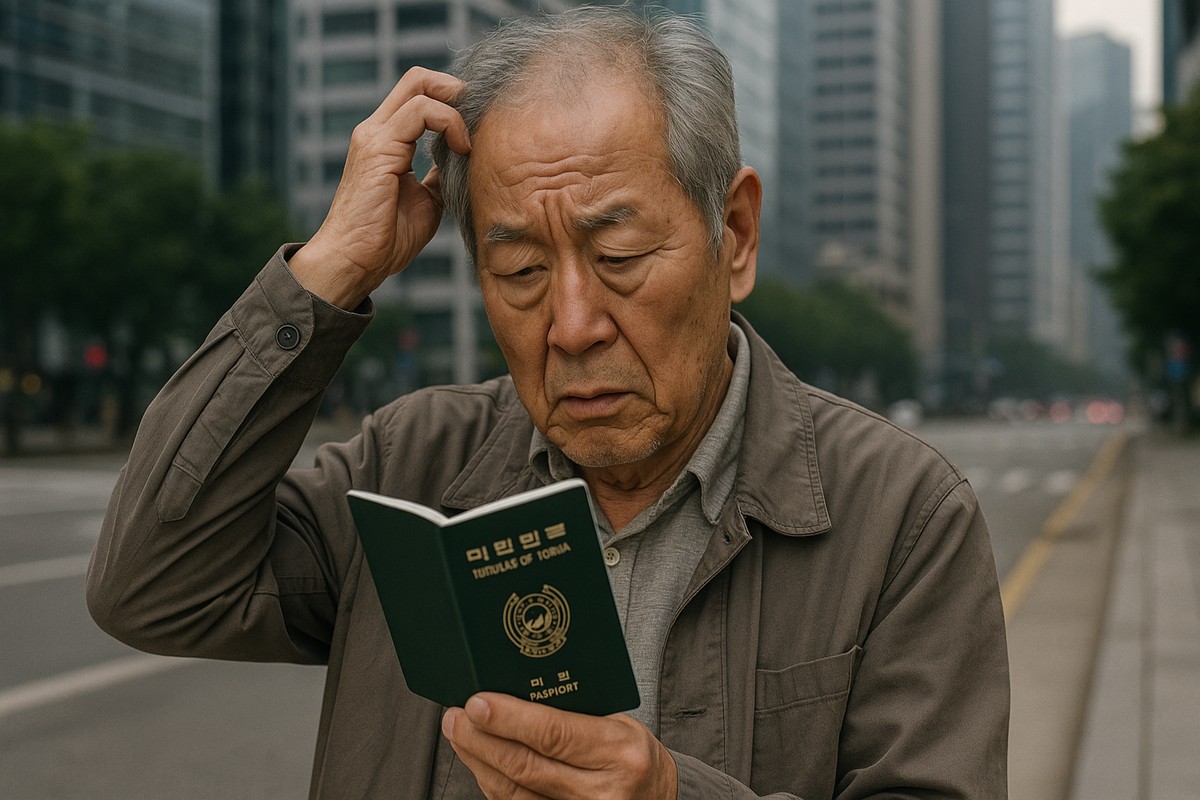
Food as the First Cosmetic: The Diet That Supports a Youthful Look
The saying 'you are what you eat' is taken seriously here; gut health and digestion show on the face and figure. Korean women focus on grains, seafood, vegetables, and fruit. Meat is eaten rarely and, when present, is usually steamed. Water is consumed in abundance. Dry air ages the skin, so Koreans invest in humid environments and daily protection. Humidity and hydration are as important as any cream, with humidifiers in homes and offices and purses stocked with thermal water sprays. Cosmetically, youth-focused products favour natural ingredients such as snail mucin and green tea extract.
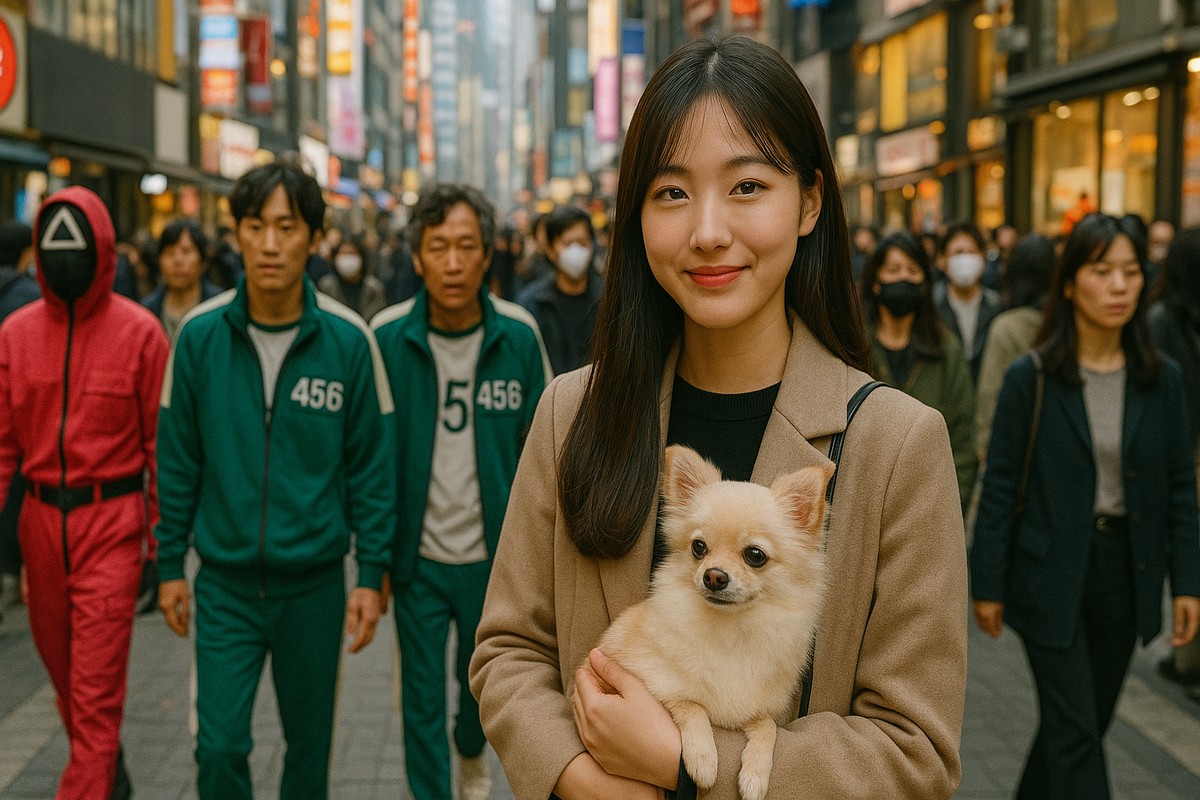
The Cleansing Rituals: The 4-2-4 Rule, Masks, and Tools
Most Korean women dedicate hours to skincare every day. The beauty industry fuels this habit with a vast market of products aimed at youth and natural-looking formulas. A typical makeup bag holds about 17 items—serums, emulsions, oils, and SPF creams—used regularly to maintain a flawless complexion. The 4-2-4 cleansing method guides their routine: four minutes massaging with cleansing oil, two minutes lathering, four minutes rinsing. After washing, they don’t rub dry; they press a towel to the skin until it absorbs the water. Masks, eye care, and peels keep pores clean and skin renewed. Natural exfoliants, such as a konjac sponge, are popular for gentle exfoliation.
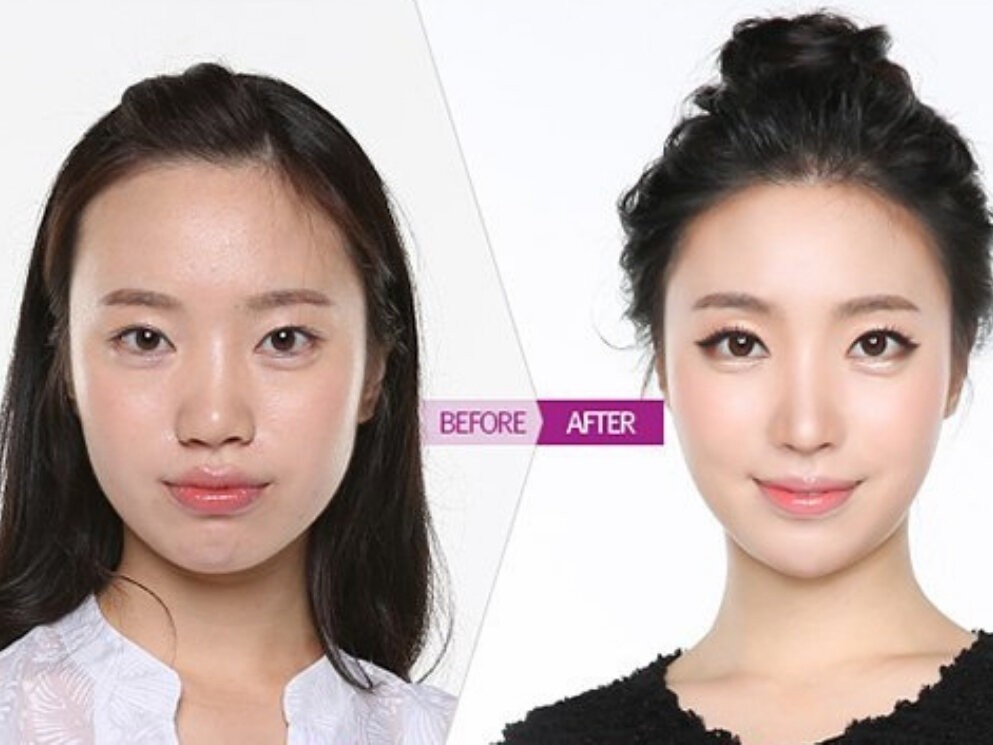
The Spa Habit: Beauty as a 24/7 Cultural Practice
Spa and 'beauty temples' in Korea often operate around the clock. For many women, a visit is not a quick treatment but an all-day affair. These spaces function more like wellness centers than mere salons: visitors read, listen to music, sip tea, and even stay overnight when needed. This relentless upkeep reveals a broader social reality: beauty and youth are not personal preferences but daily disciplines that shape identity, choices, and opportunities. The story of Korea’s beauty obsession invites reflection on how societies cultivate, sustain, and respond to ideals of youth—news and stories continue through this journalist’s ongoing reports.
